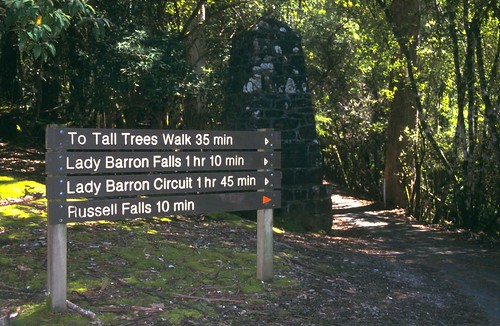
Weekend at New Norfolk, Russell Falls and Something WILD!
While my wife Blanche was attending a cooking lesson at The Agrarian Kitchen in Lachlan Tasmania. Trinity and myself had a great day travelling around the area.
We visited Mt Field Ski & Tobagganing Fields, Mt Field National Park including Russell Falls and Something WILD.
Mt Field National Park is one of Tasmania’s most loved national parks.

The park has a wide variety of scenic features and wildlife and offers a great range of facilities for day visitors. Few other national parks in Australia offer such a diversity in vegetation, ranging from tall swamp gum forests and massive tree ferns at the base of the mountain, through rainforest along the Lake Dobson Road, to alpine vegetation at the higher elevations.
The park essentially has two visitor sections. The first, near the park entrance, includes picnic facilities and the famous Russell Falls. Stunning walks through enormous fern forests and some of the tallest trees in the world are available in this area.

The winding road that leads to the higher slopes of the mountain pass through an ever-changing succession of plant communities. Interestingly, Mt Field is unusual in that plant diversity increases with altitude. The Pandani Grove walk around Lake Dobson is the perfect place to discover some of the park’s bizare alpine species. With patience, and a little luck, you may even see a platypus in the lake. Early morning and late evenings are the best times to be on the lookout.
For Hobart residents, Mt Field is a close and well-loved skiing venue.
Down-hill, snow boarding and cross country skiing are popular. From the ski huts, a well marked track leads you to the spectacular Tarn Shelf, a stunning, lake-ridden shelf that was carved out by the force of glaciers from the previous Ice Age. During autumn, the slopes of the mountains which back onto Tarn Shelf become a riot of colour as the fagus, or deciduous beech, turns gold and red and orange.

Among the many natural heritage values to be found within the park are:
- 13 plant species recorded as rare in Tasmania;
- a swamp gum (Eucalyptus regnans) and stringybark (E. obliqua) wet forest community that is also of outstanding display value;
- easily seen barred bandicoots (Perameles gunnii), a mammal listed nationally as vulnerable;
- complex karst features of high geoconservation value;
- outstanding glacial features such as K Col and the Lake Fenton blockstream;
- at least four invertebrates that are listed as either rare, threatened or vulnerable at the State level;
- wet sclerophyll forest communities of high conservation value;
- alpine and subalpine communities of high conservation value; and
- the Lake Fenton / Lady Barron Creek drinking water catchment which provides 20% of the domestic water supply for Hobart.
Additionally the park encompasses many cultural heritage values, including:
- Tasmania’s oldest national park, which is also one of the oldest reserves in Australia;
- known Aboriginal heritage values;
- an important part in the development of the Derwent valley region; and
- many sites and artefacts of historic cultural heritage significance such as Twilight Tarn hut.
Geology
The park lies to the west of the Derwent Graben, formed during the mid-Tertiary. Outcropping to the west of the park, and underlying it as basement rock, are strongly folded older successions of Ordovician and Siluro-Devonian sediments including the Gordon limestone and its equivalents. Jurassic dolerite is ubiquitous above about 760 metres, with Triassic and Permian sediments outcropping at lower altitudes. The Triassic and Jurassic rocks of the park and reserves show strong Gondwanic links with those of the Transantarctic Mountains in Antarctica. The Triassic sequence of sedimentary rocks is very uniform, non-marine in origin and contains evidence of lacustrine and fluvial conditions with basic intrusive material. The basalt dyke visible near Mt Bridges above Lake Seal is evidence of a recent intrusion in the faulted dolerite. The Jurassic dolerite (170 million years old) provides a firm link with Antarctica being of identical age. Lady Barron Falls, Horseshoe Falls and Russell Falls are composed of horizontally bedded marine Permian siltstone benches. The vertical faces of the waterfalls are composed of the more resistant sandstone layers along vertical joint.
Source ~ http://www.parks.tas.gov.au
“To me, every hour of the light and dark is a miracle, Every cubic inch of space is a miracle.” ~ Walt Whitman








